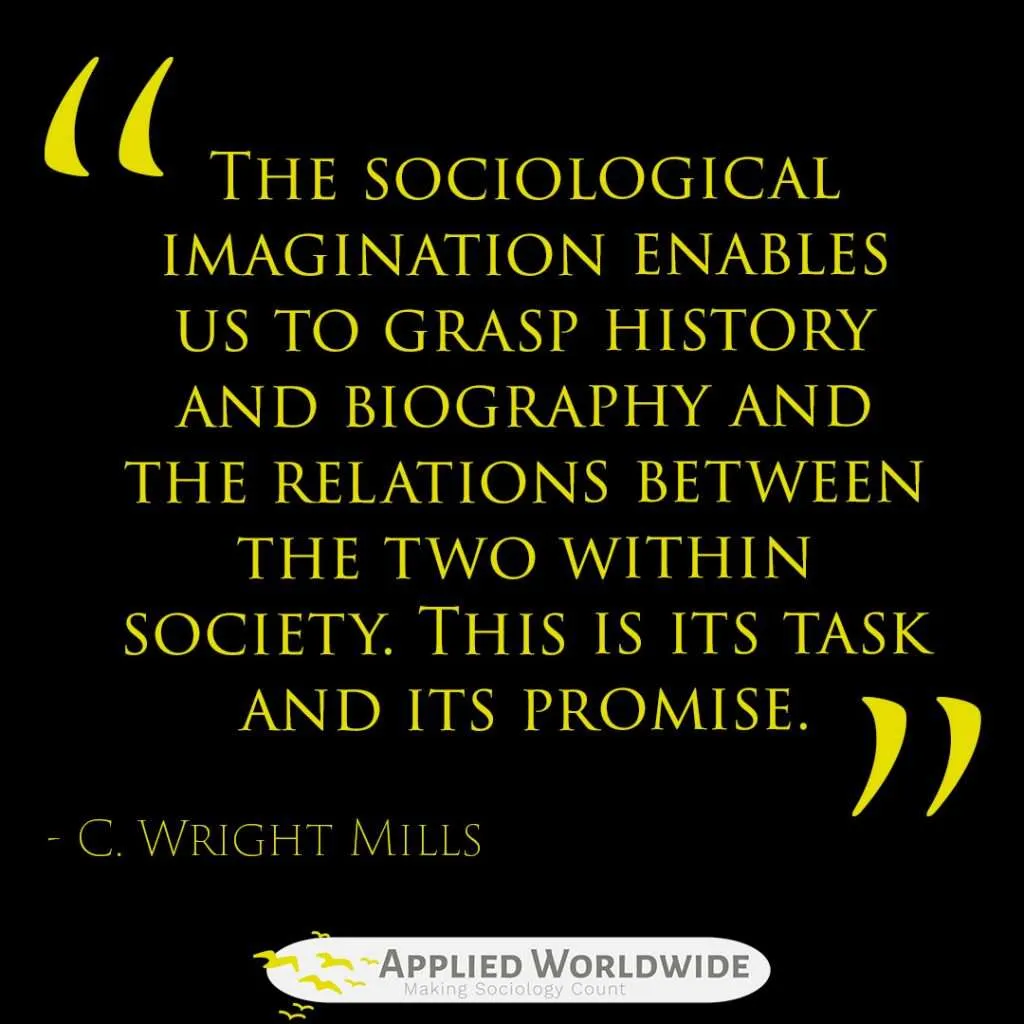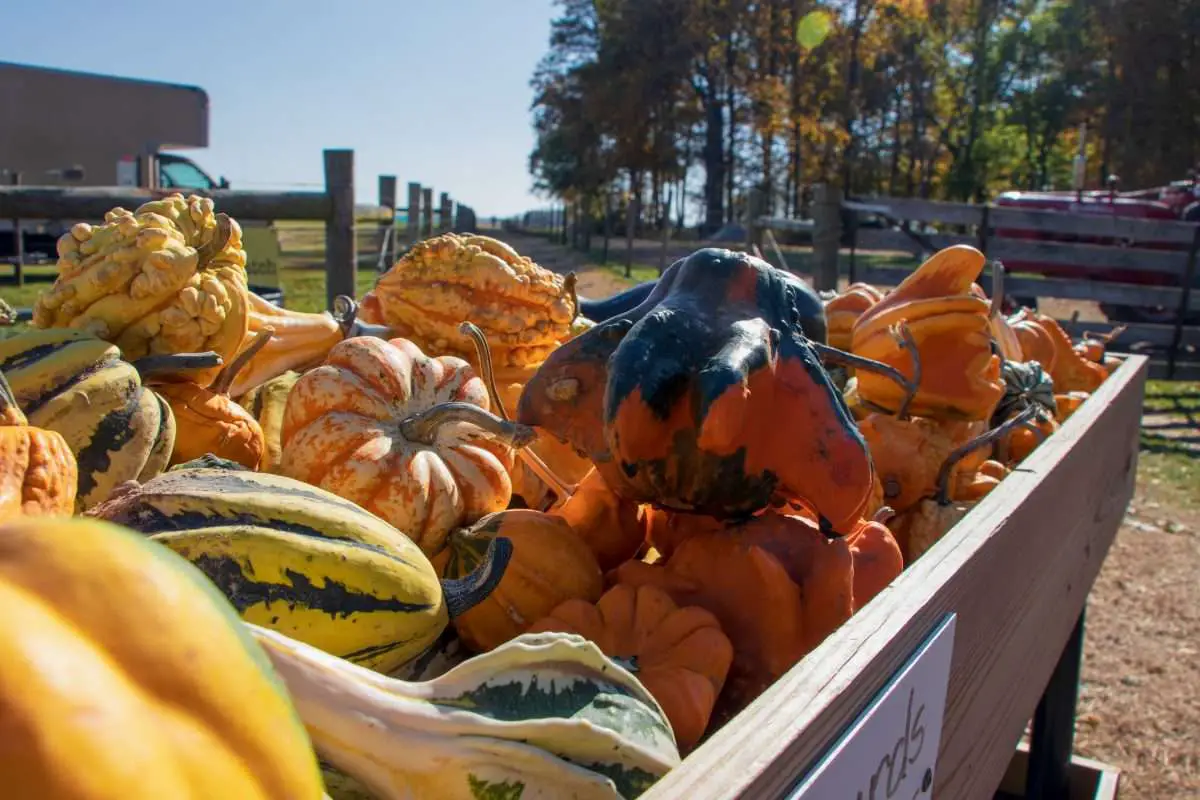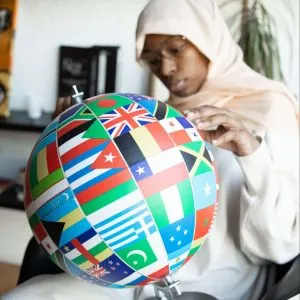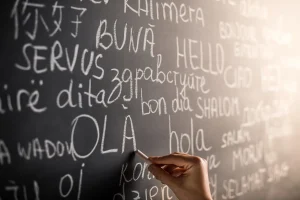What is the sociological imagination?
The sociological imagination is a perspective, a viewpoint and a tool by which sociologists see the world. Sociologist C. Wright Mills told us that the sociological imagination places the sociological perspective at the intersection of history and biography meaning that history has helped shape all of our individual stories. The major takeaway point is that context matters.

An Assignment to Ignite the Sociological Imagination
Whether it is historical context, social context, local context, or global context, it all matters in sociology. One of my favorite ways of demonstrating the sociological imagination and the idea that context matters is in an activity originally portrayed by Peter Kauffman in the journal Teaching Sociology in 1997. The name of Kauffman’s paper is “Michael Jordan Meets C. Wright Mills: Illustrating the Sociological Imagination with Objects from Everyday Life.”
In brief, the assignment asks students to choose any item from their life and conduct a four-step analysis. The first step is to simply describe the object or symbol, then students go through the steps of conducting local, global, and historical analyses.
Here, I modify this activity to demonstrate the sociological imagination applied to the Thanksgiving holiday.
Step 1: Description
Thanksgiving is a federal holiday celebrated in the United States on the fourth Thursday of November. It is often associated with a short break from school for those who are students and teachers; family, friends, and loved ones; consumption of specific dishes like mashed potatoes, turkey, and pumpkin pie; and football. A classic image of Thanksgiving is a family working hard to prepare a feast for a large number of guests, watching football, drinking alcohol, and preparing for the even bigger holiday ahead: Christmas. Also for some, it may be a time where the family gets into arguments.
Step 2: Local Context
Thanksgiving impacts everyone in the United States. However, its impact likely differs depending on our local context. Think about this for a moment. Every year Thanksgiving interrupts our local economy, the expression of our political ideas, and even our very identities. For example:
- The holiday sends millions of Americans to grocery stores all over the country to prepare, hugely impacting our local economies.
- Whether you feel obligated to repress your political views over the holiday, end up arguing with your family members over immigration laws, or have to listen to arguments as a self-proclaimed apolitical citizen, Thanksgiving certainly throws a wrench in the expression of our political ideas.
- Traditionally speaking, women might associate the holiday with cooking and spending tons of time in the kitchen, whereas men might associate the holiday with hanging out with the guys, watching football, and drinking beer. In this way, Thanksgiving can reinforce gender roles in subtle, yet powerful ways.
Step 3: Global Context
At this point, we have established how Thanksgiving impacts all of us at the local level, our next task is to assess the impact of Thanksgiving within a global context. We can think about global context in terms of the entire world, similar to the traditional use of the term, or we can simply think about context that is broader than our examples of local context.
- Turkey is a staple of the traditional Thanksgiving meal. It would be nice if we all ate local farmed turkey, but we do not. A vast majority of the turkey farmed in the United States come from states like Minnesota, Arkansas, South Carolina, and Indiana, by companies like Butterball, Jenny-O, Cargill, and Tyson. Each of these companies and states have varying policies on the treatment of animals and factory farming.
- Another example comes from the Black Friday phenomenon. Every year American consumers hit the stores the day after Thanksgiving. Again, this obviously impacts many of us at the local level, but it may also have an unintended global impact. Reports have shown that the products we buy on Black Friday are actually produced for the event. These goods may be of lesser quality and are more likely to have been produced in foreign countries with less strict labor laws. In other words, our newest bargain televisions may have been made by exploited workers.
Step 4: Historical Context
In 1621, Plymouth colonists, now commonly known as pilgrims, joined Native Americans of the Wampanoag tribe for a fall harvest feast that is now known as the “first Thanksgiving.” The feast lasted three whole days, and the second occurrence took place two years later in 1623. At least, that’s how the story goes. There is no historical evidence that the Wampanoag people were even invited to this feast. Despite a lack of historical evidence, the tradition lived on and Thanksgiving was official established as a national holiday under Abraham Lincoln’s presidency in 1863.
Generally, the history of Thanksgiving is portrayed as one of two cultures merging harmoniously. But, this harmonious historical moment between Native Americans and colonists, if it really happened, is a rarity among the many more oppressive and violent historical moments that occurred as one culture dominated another in atrocious ways. As a country, we choose to celebrate one of the undocumented and rare occasions where Native Americans may have been treated with respect in our history once a year, but rarely, if ever, do we collectively acknowledge the genocide of Native Americans. Celebrating without acknowledging that this contested historical moment was not the norm whitewashes American history and blatantly ignores a history that continues to negatively impact Native Americans today.
Final Thoughts on the Sociological Imagination and Thanksgiving
Thanksgiving has become somewhat of a controversial holiday as social media brings more attention to conversations around our unjust history. Does that mean we can’t celebrate and enjoy time with family and friends? Not necessarily. My suggestion is to go into the holiday with your sociological imagination firing and take some time to recognize the larger historical context around colonialism and its impact on Indigenous peoples of North America.







